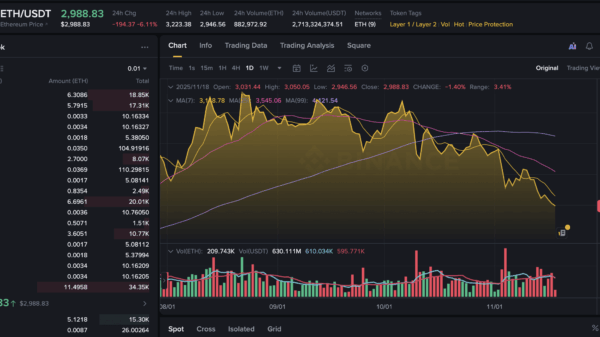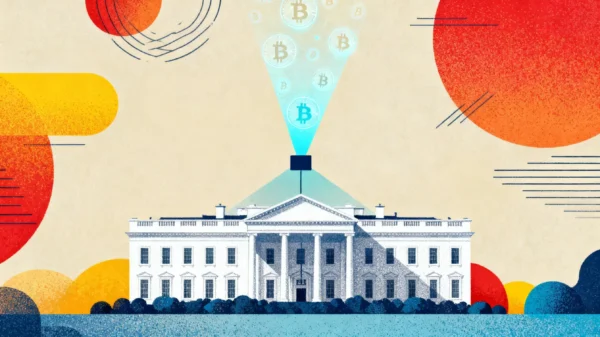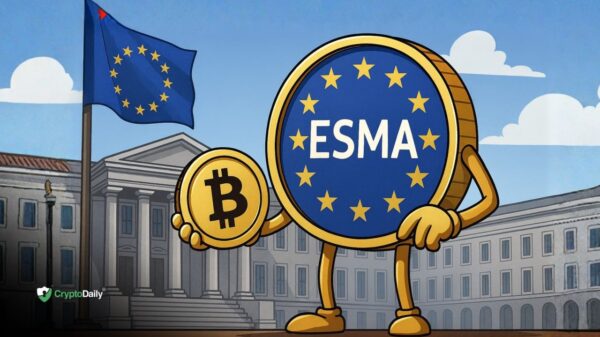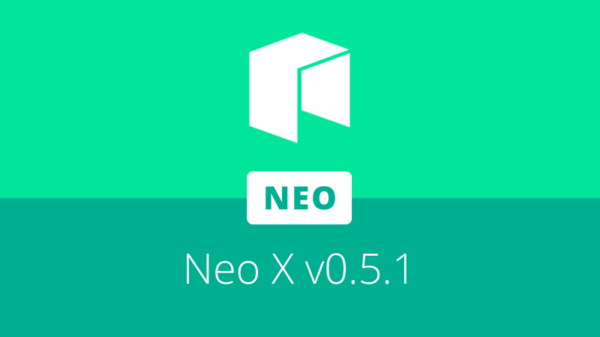In a major advancement for cryptocurrency adoption, Mastercard has teamed up with global B2B payments network Thunes to enhance stablecoin transfer capabilities across a broad international network. This collaboration represents a crucial step in merging the digital asset world with traditional financial systems, promising consumers and businesses alike a more efficient method for cross-border transactions.
The partnership is set to integrate stablecoin infrastructure into existing fiat payment networks. Thunes, which operates in over 130 countries, will allow its network partners—ranging from mobile wallets to banks—to facilitate payments with approved stablecoins. Meanwhile, Mastercard will provide its established payment infrastructure and security measures, ensuring smooth transitions between stablecoins and local currencies. This collaboration aims to address common issues in international remittances, such as high costs, slow processing times, and limited access.
By adopting this new approach, users can expect a significant increase in the efficiency of cross-border payments. Traditional remittance channels often involve multiple intermediaries, resulting in high fees and delays that disproportionately impact migrant workers and small enterprises. The utilization of stablecoins will enable transactions to settle in mere minutes, thanks to the underlying blockchain technology, which guarantees transparency and trust.
This initiative not only promises cost reductions through lower transaction fees compared to conventional wire transfers but also enhances transaction speed, enabling near-instantaneous settlements. Furthermore, it aims to foster financial inclusion by bridging gaps for underserved populations through mobile wallets and digital services.
The trend of integrating stablecoins into mainstream financial services indicates a shift in perception among established financial institutions. Rather than being viewed solely as speculative assets, stablecoins are increasingly recognized as practical tools for streamlining financial operations, especially in cross-border scenarios. As regulatory frameworks continue to develop, partnerships like that of Mastercard and Thunes illustrate a viable pathway for stablecoins to evolve from niche instruments to essential components of the global financial system.
This collaboration also sends a powerful message to the broader cryptocurrency ecosystem. Increased utility for stablecoins is expected to drive demand, reinforcing their integral role in the digital economy. It underscores the necessity for regulatory compliance and a robust infrastructure, as successful large-scale integrations must align with global financial standards. The success of this initiative could set a precedent for stablecoins to support an even wider array of financial products and services in the future.
In conclusion, the alliance between Mastercard and Thunes to expand stablecoin-enabled global transfers marks a significant milestone. This partnership exemplifies how combining the speed and cost-effectiveness of stablecoins with established payment networks can yield practical benefits for cross-border payments. As these capabilities become widely available, we can anticipate transformative changes in international finance, demonstrating the collaborative potential between traditional finance and innovative blockchain technologies.






































































